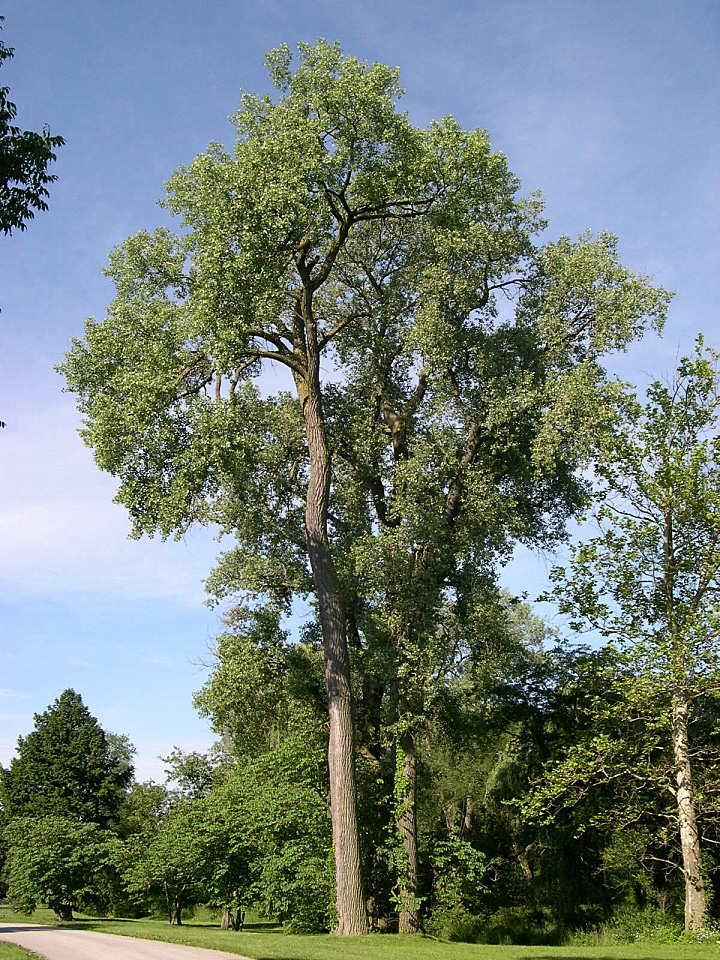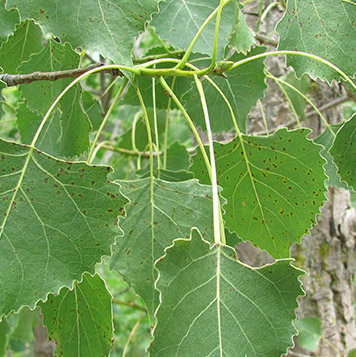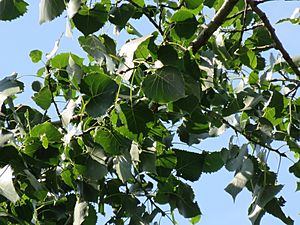eastern cottonwood tree facts
Other tree species that grow side by side with the cottonwood tree in. Give the exhaustive information about western cottonwood tree facts make your gardening easier and more enjoyable.

Facts About Cottonwood Trees Gardenerdy
Within these locations cottonwood trees grow in pure and mixed stands.

. Eastern cottonwood has thick bark which prevents damage of the inner delicate wood. Pros and Cons of an Eastern Cottonwood Tree. A young tree can add 6 feet 2 m or more in height each year.
Kansas Wyoming and Nebraska. The eastern cottonwood is the state tree of three states. Eastern cottonwood is a fast-growing tree it grows 6 feet per year.
Eastern cottonwood is a fast-growing tree it grows 6 feet per year. Bartram ex Marshall Mathew Beziat Maryland Plant Atlas. Eastern cottonwoods can be identified by their blocky ashy-gray bark which has extremely thick flat-topped furrowed ridges on mature trees.
The Eastern cottonwood tree is by far the most predominant plant species in the flood plains of the US. We Offer Unbeatable Prices On High-Quality Plants. Some species of cottonwood trees have been known to reach heights of 100 ft.
Eastern cottonwoods are dioecious meaning trees are either male or female. These most common cottonwoods become very large trees up to 165 feet and usually occupy wet riparian areas in the East or seasonally dry creek beds in the West. The canopy of a mature tree spreads about.
Due to its large size weak wood and penetrating roots it is best used on large properties away from residential areas. Eastern Cottonwood is a large fast growing species native to North America. One of those pioneer tree species is the Eastern Cottonwood Populus deltoids Bartram ex Marshall.
An old-growth eastern cottonwood the balmville tree was growing at the intersection of river road balmville road and commonwealth avenue in balmville new york. The floods in these locations create ideal conditions for the growth of trees and other species. This species is native to the Chicago region.
Eastern cottonwood Populus deltoides one of the largest eastern hardwoods is short-lived but the fastest-growing commercial forest species in North America. Cottonwood trees are also large shade trees and their sprawling branches have a spread of up to 113 ft. Cottonwoods grow to be over 100 ft 304 m tall and they can grow up to 190 ft 579 m sometimes and has a 6 ft 18 m wide trunk.
A young tree has a silvery-white smooth cottonwood bark with very minimal vertical fissures. Cottonwood trees are also one of the most valuable trees in the country for wildlife providing food and shelter for countless species. It prefers rich moist and sandy habitats near rivers and lakes.
The tree is short-lived very fast-growing and can take over an open area if left alone. In early-mid spring clusters of long drooping catkins appear on separate male and female trees. The eastern cottonwood is a rather tall and wide tree ranging from 20-60 meters in height and trunks usually over 25 meters wideThey grow incredibly fast as well in Mississippi river bottoms they can grow 5 meters a year.
It is native to eastern North America through the Midwest and Chicago region. The largest recorded cottonwood tree in the world is the Frimley Park tree located in Hastings New Zealand and measures 42 m 138 ft tall 34 m 111 ft wide and 102 m. The trees can grow to well over 100 feet tall 30 m with eastern species sometimes reaching 190 feet 59 m.
It can reach more than 100 feet in height up to 190 feet and 6 feet in width trunk. Cottonwood grows eight feet per year in the right conditions. Mature trees have bark that is.
Crown is oblong-shaped and 75 feet wide Eastern cottonwood has thick bark which prevents damage of the inner delicate wood. The crown is 75 ft 23 m wide and oblong. Older trees become quite a dark gray in color and the.
Cottonwood trees feature male and female parts on separate trees female trees are the ones that produce the cottony substance that gives the tree its name. The elderly trees have brown-gray highly wrinkled corky bark. The soft wood of the eastern cottonwood is often used for plywood and the internal frames of furniture.
Upper sides of the leaves are a dark green and the undersides are pale. These large trees can grow to between 50 and 80 ft. Fast-growing Populus fremontii Western Cottonwood is an upright-spreading deciduous tree with stout branches clad with heart-shaped bright green leaves turning a lovely yellow in fall.
Eastern cottonwood is a large tree that grows quickly and it grows around 6 ft 18 m per year. It is a large fast-growing tree that can reach a height of 30 m and diameter of 100 cm in less than 30 years. Both are long catkins.
Some male species of the tree are banned because of the human allergy problem associated with the pollen. It is known for releasing a cotton-like material to disperse its seeds and this is how it got its common name. Heights of 53 to 58 in 175 to 190 ft and diameters.
35 to 60 ft. The Eastern cottonwood tree is by far the most predominant plant species in the flood plains of the US. The trees can grow to well over 100 feet tall 30 m with eastern species sometimes reaching 190 feet 59 m.
Eastern cottonwood trees are classified as having a fair value for most wildlife species including songbirds game birds and game mammals. The eastern cottonwood is generally found clustered around the lower Great Lakes in Ontario and throughout the eastern half of the US. Deltoides eastern cottonwood is found in southeastern Canada the south of Ontario and Quebec and the eastern United States throughout.
Cottonwood trees can add 6 feet in height each year. Shop Nature Hills Today. Crown is oblong-shaped and 75 feet wide.
On mature trees the ash-gray bark is divided into thick flattened ridges separated by deep fissures. The base of each leaf is coarsely toothed. 15 24 m.
The leaves of the eastern cottonwood are broad and slightly triangular. Cottonwood trees are also one of the most valuable trees in the country for wildlife providing food and shelter for countless. Ad Browse Our Wide Selection Of Beautiful Accent Trees Flowering Shrubs Perennials More.
The eastern cottonwood can be seen throughout Minnesotas landscapes in the urban environment as well as natural areas. Crown is oblong-shaped and 75 feet wide. The canopy of a mature tree spreads about.
This rapid growth and its wide spread allow it to create amazing shade and tremendously efficient. Being a species of a poplar tree cottonwoods are also related to aspens. Cottonwood trees are the fastest growing trees in North America.
80 to 100 ft. Whenever a habitat is disturbed either by nature or by man there are some tree species often called pioneer tree species which arrive early to colonize this newly disturbed habitat. Leaves are simple opposite large and oval almost heartshaped.
Eastern cottonwood is a large fast-growing tree found along streams rivers and lowland areas. Interesting Eastern cottonwood Facts. 30 m or more.
Native Americans used cottonwood trees for dugout canoes and even transformed its bark into a medicinal tea. This rapid growth leads to weak wood that is easily damaged. They are dark green above and a much paler green below.

Eastern Cottonwood North Central Region Bottomland Hardwood Management Guide

Facts About Cottonwood Trees Gardenerdy

Cottonwood Tree Guide Identification Of Eastern Leaves Seeds More

Cottonwood Trees Of Manitoba Inaturalist
Cottonwood Tree All You Need To Know About Environmental Earth
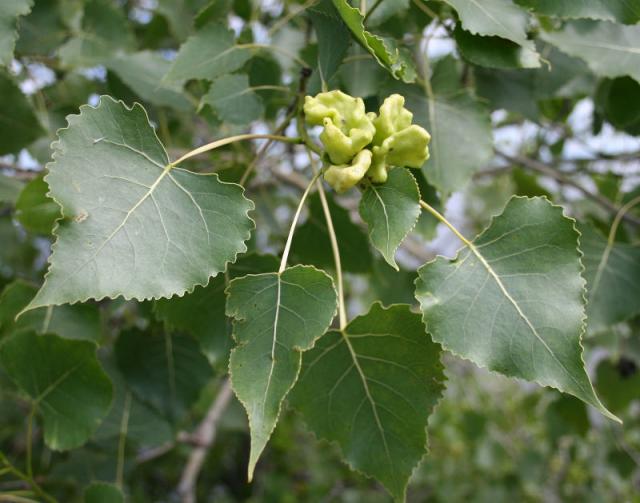
Populus Deltoides Eastern Cottonwood Salicaceae

Identifying Eastern Cottonwood Youtube

Facts About Cottonwood Trees Gardenerdy
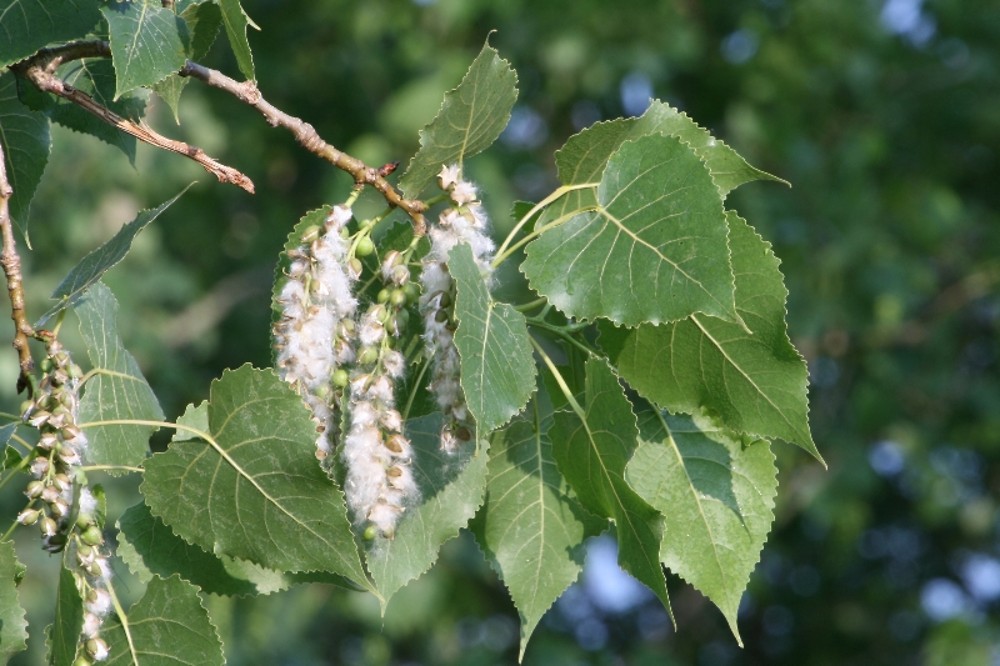
Populus Deltoides Eastern Cottonwood Necklace Poplar Go Botany
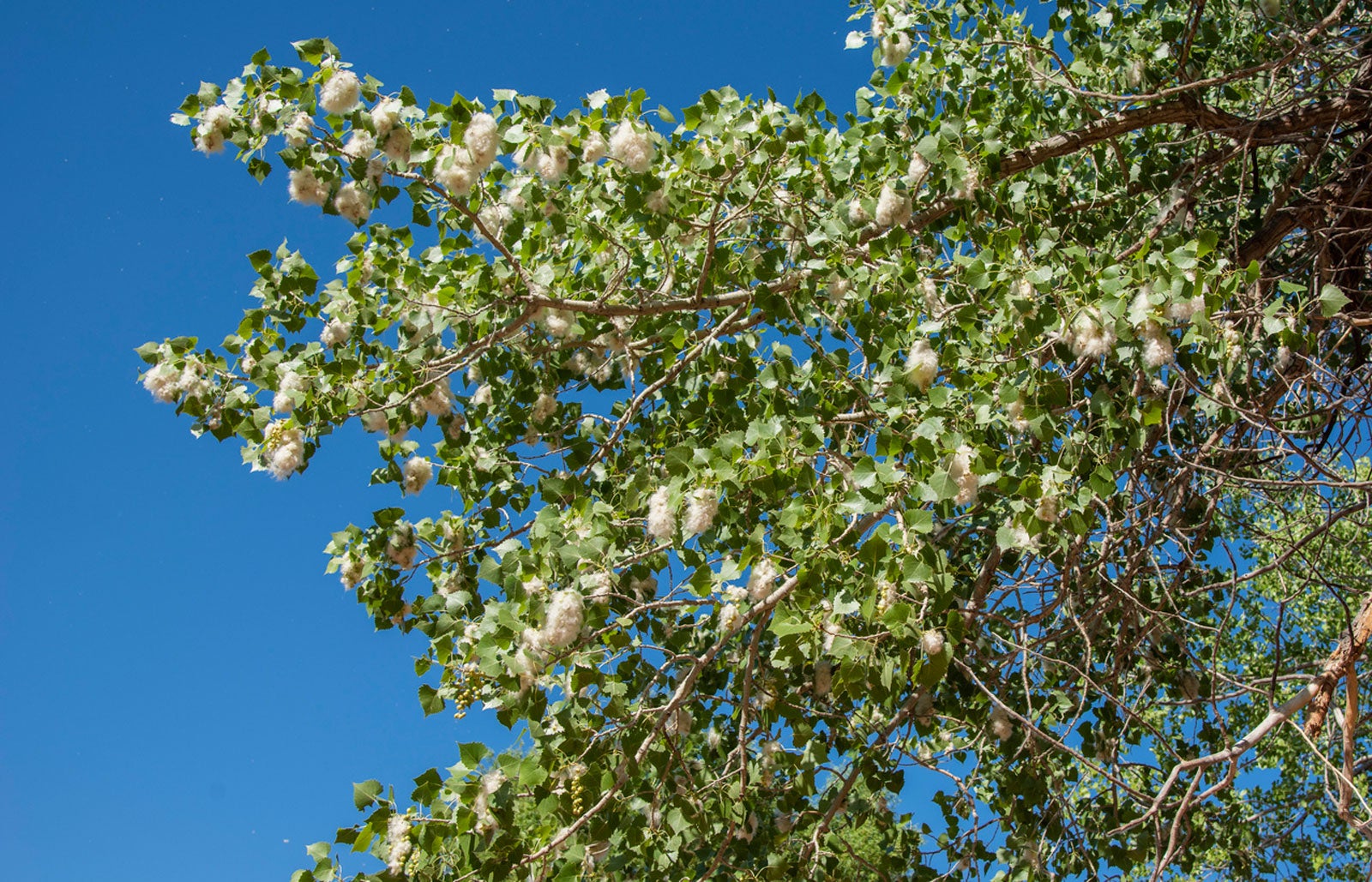
Cottonwood Tree Facts How Fast Does A Cottonwood Tree Grow

Cottonwood Eastern Cottonwood Poplar Eastern Cottonwood Southern Cottonwood Mdc Teacher Portal

Cottonwood Trees Of Manitoba Inaturalist
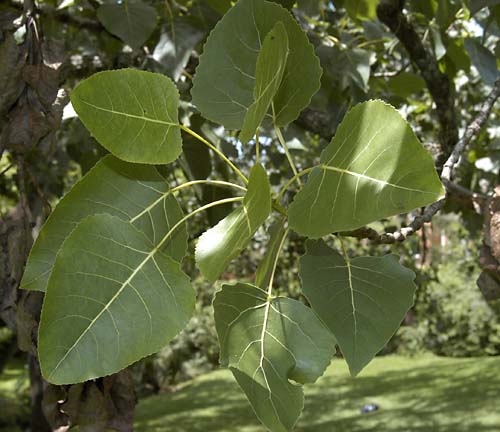
Populus Deltoides Eastern Cottonwood Salicaceae
